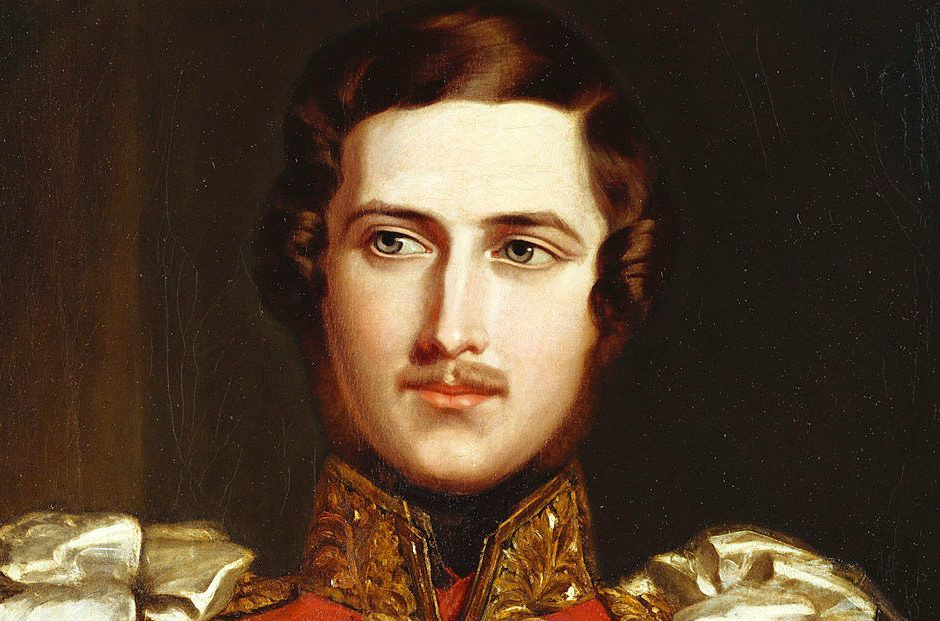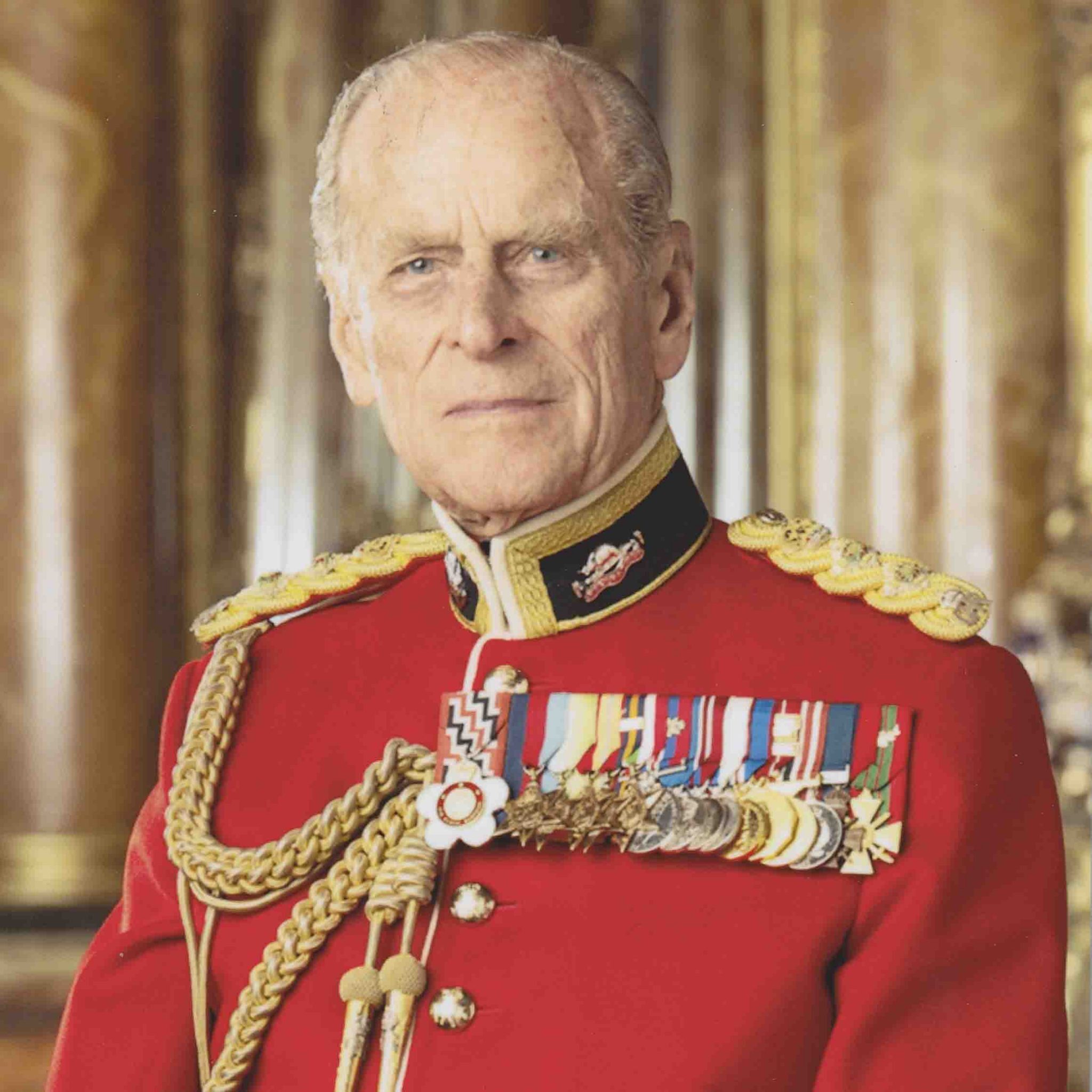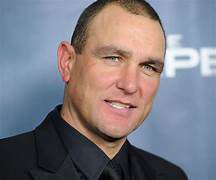There is no thrill like owning a winner at the dogs - the breed also make great family pets following their retirement – and greyhound racing has always enjoyed patronage from the Royal Family and famous people!
NO FEELING can match the thrill of watching your own greyhound win a race under GBGB rules, whether it is the final of the Greyhound Derby or a low-key graded event at your local stadia.
There are a variety of methods as regards to owning a racing greyhound – sole ownership, partnership and syndication are the three different routes a prospective owner can explore and they are all popular in their own individual way.
Sole ownership will dictate that the expenditure is entirely your own, though that scenario is compensated by being able to have complete control over potential decisions that will have to be undertaken as regards to a racing career from its infancy at around fifteen months old.
If you have an involvement with a partner there are a number of positives, as it’s an ideal way to socialise for a ‘night out at the dogs’ with family, friends or a work colleague.
This way of a venture into greyhound racing ownership – perhaps the most trendy in the modern era - will also divide any associated costs and gives you the opportunity to revel in a fantastic experience with others.
Syndication is a relatively straightforward process to organise – the expenses attached to purchase, kennelling and training are minimal and, in fact, this is now perhaps the most popular form of greyhound racing ownership.
The potential cost of a racer will hinge on several factors - notably age, pedigree and ability - and a puppy (a few months old) can be bought for either a few hundred pounds or a large sum of money.
Many famous people throughout history have shared a love of the breed – HRH Prince Albert had a beloved pet greyhound - ‘Eos’- for a constant companion when he married Queen Victoria at St James’s Palace, London, in 1840.

ROYAL PATRONAGE: Prince Albert had a beloved pet greyhound - Eos - for a constant companion when he married Queen Victoria in 1840
HRH Prince Philip, Duke of Edinburgh, owned Playfield Royal (late Fionntra Forge), who was trained by Gordon Hodson at Hove in 1978/79, and the top-class stayer ran for the National Playing Fields Association charity.

DUKE OF EDINBURGH: His Playfield Royal was runner-up to Jingling Star in the final of the 1979 Regency.
Ten years earlier Prince Philip’s Camira Flash (100-8) replaced Not Flashing – disqualified for fighting in the semi-finals – in the final of the Greyhound Derby at White City and carved his name into the history books when beating Witches Smoke by a length in 28.89sec for the 525-yard course.
HRH Prince Edward’s Druids Johno, a 4/7 favourite, was runner-up to Slippy Blue in the final of the 1990 Greyhound Derby at Wimbledon and subsequently locked horns with the great Ravage Again in the final of the Etherington Golden Sprint over 285 metres at Hove.
The 1934 British Sports comedy film Wild Boy, starring Bud Flanagan and Chesney Allen, was centred around dual Greyhound Derby champion Mick The Miller, who played the pivotal role – “Wild Boy” – in a caper story of greyhound racing.
The Blue Lamp, a 1950 British police drama that starred Jack Warner as veteran PC Dixon, involved a greyhound racing plot at the famous old White City venue in West London and the movie spawned Dixon of Dock Green – a BBC television series about daily life at a fictional London police station which comprised 432 episodes from 1955 to 1976.

THE BLUE LAMP: Greyhound racing played a pivotal role in the 1950 British police drama that starred Jack Warner.
‘Hercules The Second’, a racing greyhound of moderate ability, was a central figure in the plot for the 1973 comedy film Steptoe And Son Ride Again which featured Harry H. Corbett and Wilfred Brambell in a spin-off to their cult TV series.
Jim Broadbent, Alison Steadman, Harry Enfield and Sheila Hancock co-starred in ITV’s 1991 series Gone To The Dogs – a six-episode comedy drama series where much of the filming took place at Walthamstow Stadium.
Ex-footballer Vinnie Jones, a member of Wimbledon FC’s FA Cup-winning team that toppled mighty Liverpool in 1988 at the Twin Towers, was involved in greyhound racing at a tender age with regular visits to Walthamstow and Wembley.

VINNIE JONES: The ex-footballer and film star owned a half-share in Hove's dual Greyhound Derby finalist Smoking Bullet
Jones, who famously introduced American actor Brad Pitt to greyhound racing when the pair were filming Snatch, Guy Ritchie’s sequal to Lock, Stock and Two Smoking Barrels, owned a half-share of dual English Greyhound Derby finalist, Smoking Bullet.
Smoking Bullet, who was trained at Hove by Derek Knight, was part-owned by John Ward and they also enjoyed considerable success with 2000 Coral Greyhound Olympic victor Smoking Wardy.
Retired greyhounds make great family pets for all kinds of individuals – they are low-maintenance, gentle, particularly laid-back and they have a long life ahead of them following their departure from the racing scene.
Greyhounds do not require lots of exercise in their happy retirement – the majority of them are perfectly satisfied with a couple of twenty-minute walks per day and they are amenable and responsive to other pets in a family household.
The vast majority of greyhounds retire from the sport between three and five years of age and, being very adaptable in the home, especially with children, they are perfect for adoption.
Greyhounds, suitable pets for folk of all ages, are very people-orientated and they provide a special companionship within the comfort of a family home.
Written by Patrick Kelly